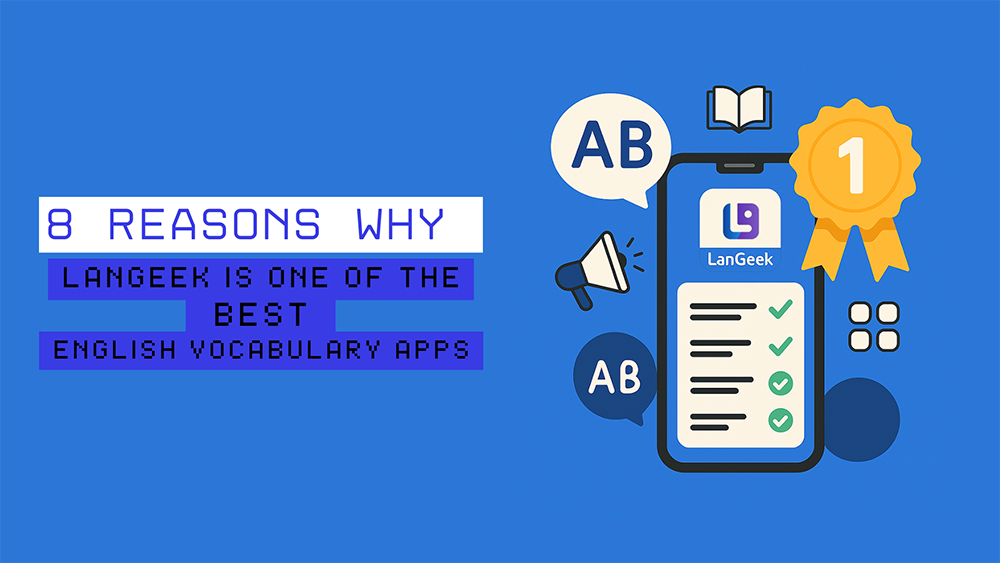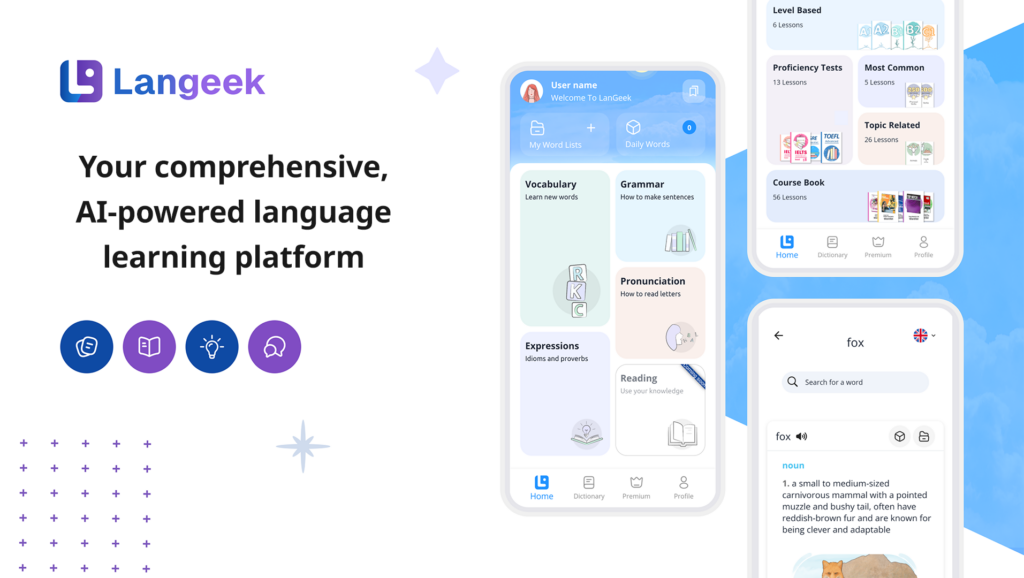The Leitner System, developed by the German science journalist Sebastian Leitner in the 1970s, is a well-known method for efficiently using flashcards to enhance memory retention. This system leverages the concept of spaced repetition, which is based on the principle that information is more easily recalled if it is reviewed at increasingly spaced intervals.
How the Classic Leitner System Works
- Setup:
- You start with a collection of flashcards, each containing a question on one side and the corresponding answer on the other.
- These flashcards are organized into multiple boxes or compartments, typically five.
- Initial Placement:
- All flashcards begin in Box 1.
- Review Process:
- You review the flashcards in Box 1 daily.
- When you answer a card correctly, it moves to Box 2.
- If you answer incorrectly, the card stays in Box 1.
- Progression:
- The cards in Box 2 are reviewed less frequently, such as every two days.
- Correct answers move the cards to Box 3, and incorrect answers send them back to Box 1.
- This process continues with Box 3 cards reviewed every four days, Box 4 every eight days, and Box 5 every sixteen days.
- Goal:
- The objective is to eventually move all cards to Box 5, indicating mastery of the material.
Advantages of the Classic Leitner System
- Efficiency: By focusing on the cards you struggle with, you spend less time reviewing material you already know.
- Spaced Repetition: The increasing intervals between reviews help reinforce long-term retention.
- Active Recall: The process of testing yourself with flashcards enhances memory retention more effectively than passive review.
Variations of the Leitner System
While the classic Leitner System is effective, several variations have been developed to suit different learning styles and preferences.
Digital Leitner Systems
Digital flashcard applications like Anki and Quizlet have adapted the Leitner System for use on computers and mobile devices. These apps automate the scheduling and tracking of flashcards, making the process more convenient.
- Adaptive Scheduling: Some digital systems adjust the review intervals based on the user’s performance, providing a more personalized learning experience.
- Multimedia Support: These platforms often support images, audio, and video, which can be helpful for visual and auditory learners.
Three-Box Leitner System
For a simpler approach, some learners use a three-box version of the Leitner System:
- Box 1: Daily review.
- Box 2: Every three days.
- Box 3: Every seven days.
This reduced number of boxes can make the system less daunting and easier to manage, especially for beginners.
Hybrid Systems
Hybrid systems combine the Leitner System with other study techniques to enhance learning.
- Pomodoro Leitner: This variation incorporates the Pomodoro Technique, where study sessions are broken into intervals (usually 25 minutes) with short breaks in between. After each interval, a set of flashcards is reviewed using the Leitner System.
- Gamified Leitner: Some learners use game elements to make studying more engaging. For instance, earning points or rewards for correctly answered flashcards can increase motivation and adherence to the system.
Group Study Leitner
In a group study setting, the Leitner System can be adapted for collaborative learning.
- Peer Quizzing: Group members quiz each other using the flashcards, which promotes active engagement and deeper understanding.
- Discussion-Based Learning: After answering a flashcard, the group discusses the topic in more detail, reinforcing the learning through conversation and peer explanations.





